
Working your way through the emotional pain of any loss is very much like following a path along a road. Depending on the number of losses you have dealt with in your life, parts of the path may seem very familiar. With each loss, however, we encounter a different fork in that path that is both confusing and unfamiliar.
One of the problems with following any path comes when we continue to follow it, as we have done in the past, and no matter the different forks we take, it still leads us nowhere.
That is why so many people struggle in dealing with their grief issues. They don’t find themselves feeling any better, because they start their journey of healing by heading in the wrong direction. This is because the majority of us got the wrong information on how to successfully deal with the emotional pain loss in our first experience. We were told such things as “Don’t feel bad,” “you have got to be strong and keep busy,” and “Grief just takes time.” If you heard these things at a young age, you will tend to believe they will help you on your journey through grief, even when they continue to fail you. Once something is established in your mind, you tend to follow it without question, even when it fails to help.
This isn’t to say that those you trusted were trying to pass on misinformation in how to navigate your way through the conflicting feelings associated with loss. They were simply passing on to you what others shared with them, when they were also walking this path. On many levels these may seem like logical suggestions on how to deal with this emotional pain. The problem is that no amount of logic can really make a difference in matters of an emotional nature. Emotions are anything but logical. Trying to follow these directions to recovery from a loss do nothing to help you work through that pain, and instead can prolong it.
If you have found that you are struggling to recover from the ongoing pain of losses in your life, perhaps it’s time to take a different path and head in a different direction in how to deal with it! The best way to start in a new direction is to better understand why the old one is leading you nowhere.

Step 1
The first step in this journey is to look at the “sign posts” you have followed in the past and begin to understand why they are not helping you recover. This means going back to the past and looking at what you learned about dealing with loss from a fresh perspective. Since these bits of misinformation are deeply instilled, and a part of your “habit” on how to recover, the only way to turn in a new direction is to look at why they continually fail you.
Step 2
Among these old habits may be any number of “short term energy relieving behaviors” that you have used in the past to feel better. These can be such things as food, drink or medication, that give you the sense of feeling better while you are partaking in them, but don’t really deal with the your underlying grief issues. Others find a temporary escape from their emotional pain in exercise, volunteering or keeping busy. Still others turn to gambling or other escapist activities. The list of such possible actions is endless, and will vary with the individual and their particular loss. Whatever the behavior, it’s a chance to let something else become your focus for a period of time, so that you don’t have to think about your loss. It doesn’t solve your problem, but rather temporarily sets it aside. It’s in understanding why we continue to take these actions that we can avoid taking this “fork in the path” in the future and instead address our grief issues directly.
Step 3
The third step in the process is to take a look at all of the different losses we have encountered in life and decide which one to first address. What many people don’t realize is that grief is cumulative. Each time we face a new loss experience, we tend to be reminded of other losses that have been deeply impactful. As a result, we tend to “multitask” and try to deal with all of them at once. The problem with multitasking is that we do a little work on a number of things, but complete nothing. Reviewing all of your past losses and deciding which one to give your undivided attention first will allow you to “complete” the necessary work on that loss, so that you can approach the next one and complete it as well.
Step 4
The final steps involve taking needed recovery actions to deal with the “unfinished business” related to that loss and that relationship. It will give you the opportunity to correctly identify the things you wish might have been different or better in that relationship and those things you wish you might have had more time to complete. It’s in finding these elements and putting personal voice to them that you can eliminate the ongoing emotional pain that surfaces, each time you think about them.
This is the path outlined in the Grief Recovery Method. It’s a direct path to the recovery from the emotional pain of loss. It offers you a chance to take a different and better direction in dealing with the pain of any emotional loss so that it no longer prevents you from enjoying fond memories and again finding happiness in living. This pathway is spelled out in detail in “The Grief Recovery Handbook.” Best of all, the authors walk with you hand-in-hand down this path, rather than just telling you the necessary actions. That is what really makes this approach both effective and emotionally supportive as you take this journey. Better still, there are professionally trained Grief Recovery Specialists that can act as your guides down this new path as well.
If you are tired of constantly living with your emotional pain and frustrated that the path you have followed in the past has lead you nowhere, it’s time to head in a new and better direction. The Grief Recovery Method offers you the opportunity to take positive recovery action. It will give you the best possible guidance in finding your new pathway to the future. The Steps of Grief are not nearly as confusing, when you head in the right direction!
Another article that relates to this one is: 3 Reasons Why Grief is So Challenging.
Photo Credits: 123RF Stock Photos - James Wheeler - Canada and Shao-Chun Wang
Purchase Handbook
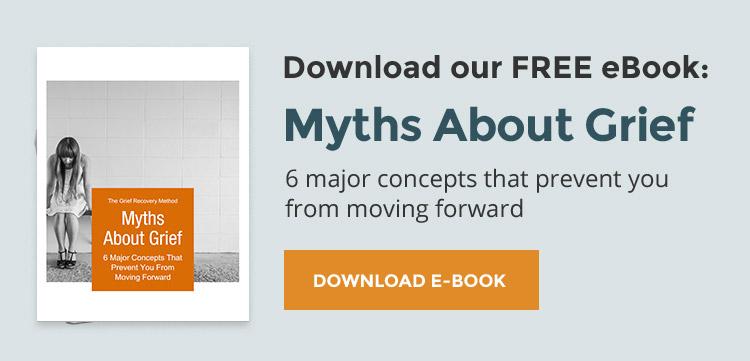












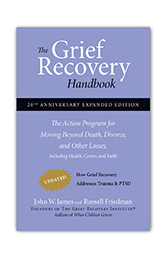
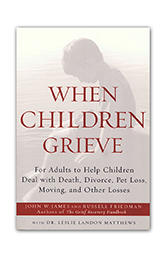
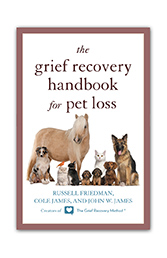

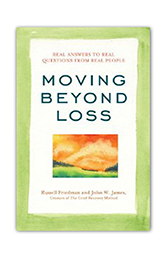





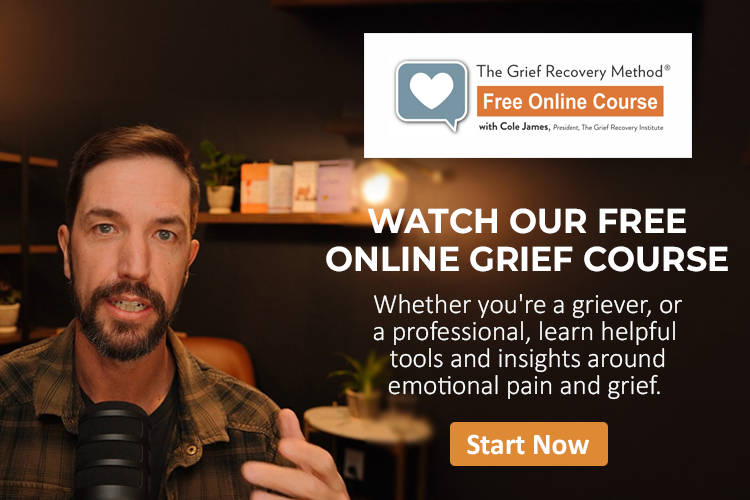
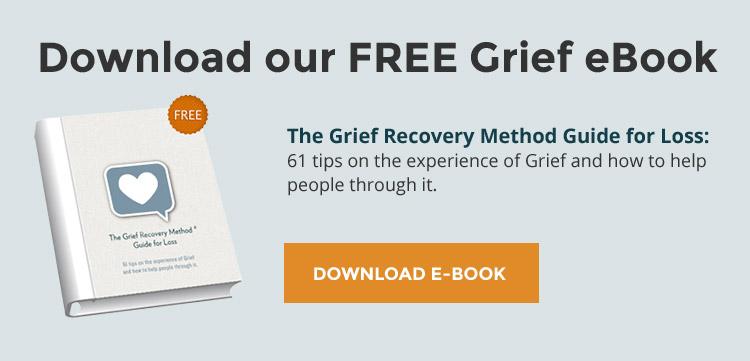
Comments
Brian Magee, M. Div.
stephen moeller, grief recovery specialist
Add new comment